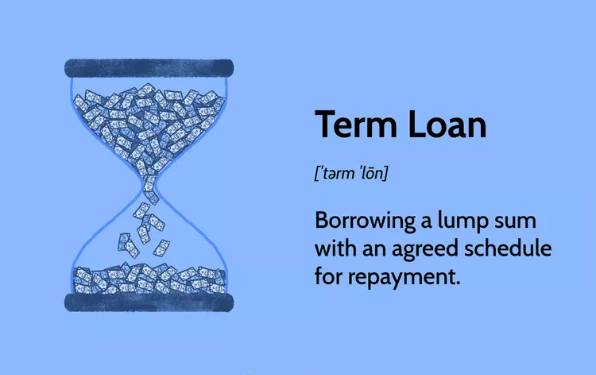What Is a Loan? Types, Terms, and How They Work
Whether you’re buying a home, starting a business, or just need help covering unexpected expenses, loans are a financial tool that millions of people rely on every day. But what exactly is a loan? What types of loans are available? And how do they work?
In this guide, we’ll break down the basics of loans, the different types you may encounter, and the key terms you need to understand before borrowing.
What Is a Loan?
A loan is a sum of money that one party borrows from another, typically with the agreement to repay it over time with interest. Loans are offered by financial institutions like banks, credit unions, online lenders, and sometimes even peer-to-peer platforms.
At its core, a loan allows you to access money now in exchange for repayment in the future usually in fixed installments that include both the principal (the original amount borrowed) and interest (the cost of borrowing).
Types of Loans
Loans come in many forms, each designed to meet specific needs. Here are the most common types:
1. Personal Loans
-
Unsecured (no collateral)
-
Used for things like medical bills, home repairs, or consolidating debt
-
Flexible terms and quick approval
2. Mortgage Loans
-
Used to buy real estate
-
Typically long-term (15–30 years)
-
Includes options like FHA, VA, USDA, and Conventional Loans
3. Auto Loans
-
Secured loans used to purchase vehicles
-
Repayment periods typically range from 3 to 7 years
4. Student Loans
-
Help pay for higher education
-
Can be federal (government-backed) or private (from banks or lenders)
5. Business Loans
-
Help entrepreneurs start or expand a business
-
Offered in forms like term loans, lines of credit, or SBA-backed loans
6. Payday Loans
-
Short-term, high-interest loans
-
Often considered risky due to high fees and short repayment terms
7. Home Equity Loans / HELOCs
-
Borrowing against the equity in your home
-
Often used for renovations or large expenses
Key Loan Terms You Should Know
Understanding loan terminology is essential for making informed decisions. Here are a few important terms:
-
Principal: The original amount borrowed.
-
Interest Rate: The cost of borrowing money, expressed as a percentage.
-
APR (Annual Percentage Rate): The total cost of borrowing, including interest and fees.
-
Term: The length of time you have to repay the loan.
-
Collateral: An asset pledged to secure a loan (e.g., your car or house).
-
Default: Failing to repay a loan according to the terms.
-
Prepayment Penalty: A fee for paying off a loan early.
How Do Loans Work?
Here’s a simplified breakdown of how the loan process works:
-
Application: You apply for a loan by submitting financial information like income, credit score, and employment history.
-
Approval: The lender evaluates your creditworthiness and decides whether to approve the loan.
-
Loan Agreement: If approved, you’ll sign a contract outlining terms, interest rate, and repayment schedule.
-
Disbursement: The funds are released to you (or directly to a seller, school, etc.).
-
Repayment: You make regular payments over time until the loan is paid off.
Final Thoughts
Loans can be powerful financial tools when used responsibly. Whether you’re financing a major purchase or managing cash flow, it’s important to understand the types of loans available and the terms associated with them. Always read the fine print, compare lenders, and borrow only what you can afford to repay.
Understanding how loans work puts you in control and helps you make smart, informed decisions with your money.


